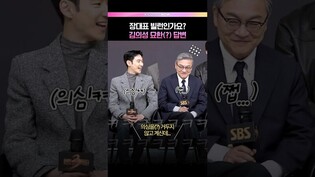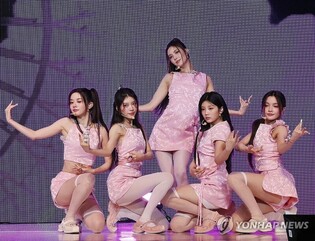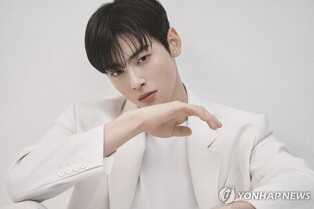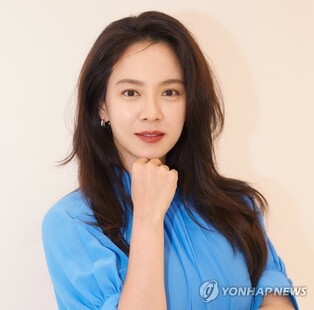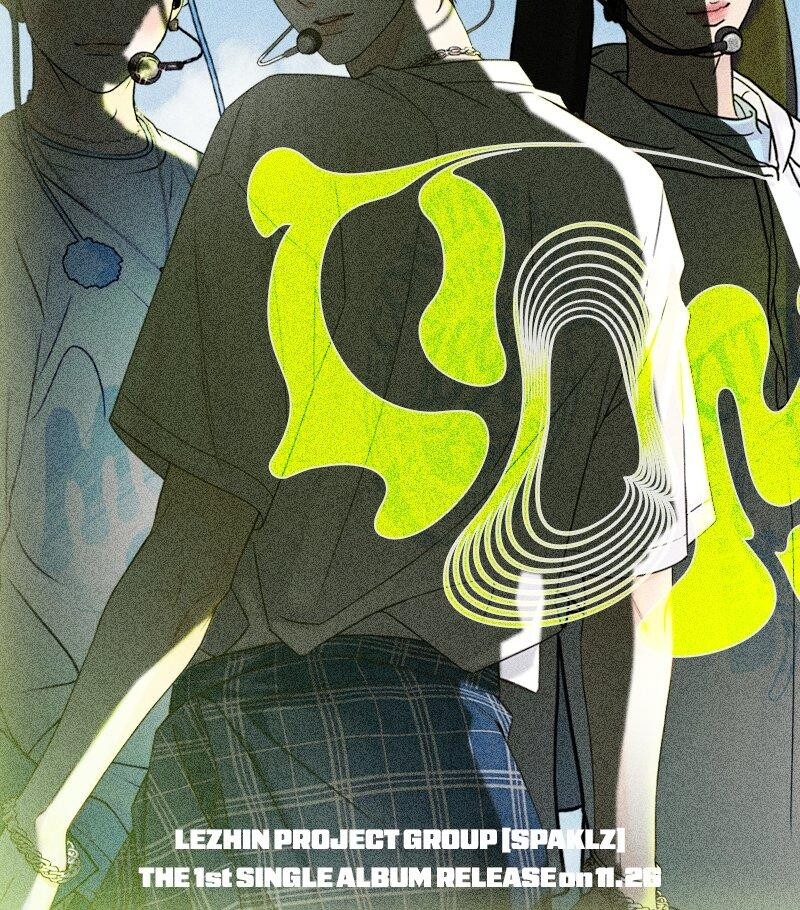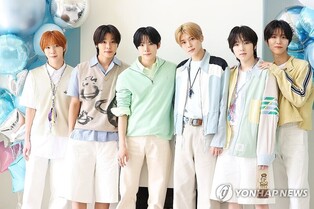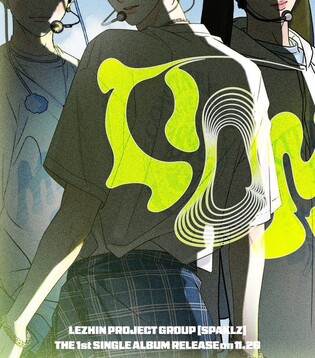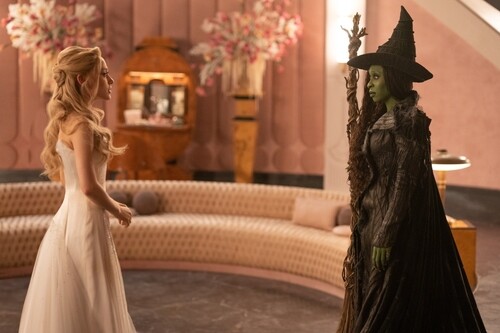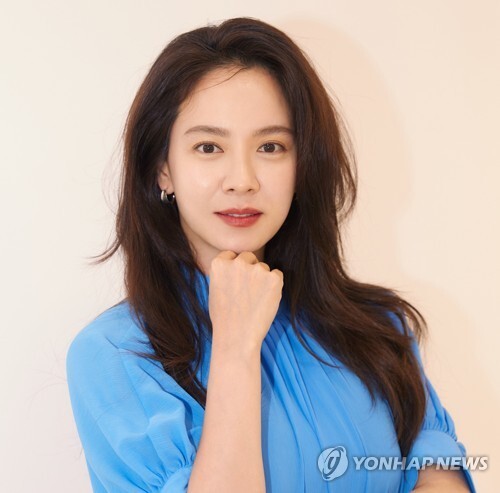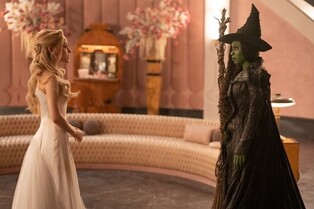*Editor’s note: K-VIBE invites experts from various K-culture sectors to share their extraordinary discovery about the Korean culture.
Matthew Lim's AI Innovation Story: Who Owns AI-Created Works?
By Matthew Lim, AI expert and director of the Korean Association of AI Management (Former Head of Digital Strategy Research at Shinhan DS)

In 2016, a project called The Next Rembrandt stunned the world. This AI-driven project, developed over two years by Microsoft, Delft University of Technology in the Netherlands, and the Rembrandt House Museum, aimed to create a new painting in the style of the 17th-century Dutch painter Rembrandt (1606–1669). The AI analyzed 346 of Rembrandt's works, learning his unique style, brushstrokes, and lighting techniques. The result was astonishing—a painting that felt indistinguishable from a genuine Rembrandt, recreated using a 3D printer.
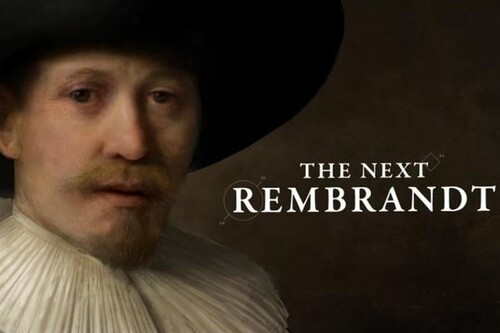 |
| ▲ A painting in the style of Rembrandt created by AI - Source: The Next Rembrandt |
The Next Rembrandt project showcased how AI could replicate the intricate details of an artist's technique. The AI meticulously calculated brush strokes and paint textures, comparing them to those of Rembrandt's era. The final image, produced by a 3D printer, consisted of 13 layers with over 148 million pixels. The prompt was simple: “Create a portrait of a 30-year-old white male with a beard, dressed in black.” The AI used its vast database and 18 months of processing to generate a painting that captured the essence of Rembrandt's work, down to the colors, composition, and texture.
 |
| ▲ Edmond de Belamy - Source: Obvious |
In 2018, another AI-created artwork made headlines when it was auctioned at Christie’s in New York. Edmond de Belamy, a portrait created by a French collective called Obvious, sold for $432,000—over 40 times its expected price. The portrait, which depicts a vague and mysterious face, was created using a Generative Adversarial Network (GAN) algorithm trained on a dataset of 15,000 Western paintings from the 14th to 20th centuries.
These instances of AI-created art have sparked debates within the art world, raising questions about the definition of "creation" and the associated copyright issues. The success of The Next Rembrandt and Edmond de Belamy demonstrated how deeply AI could penetrate the realm of art, challenging traditional notions of creativity and intellectual property.
In 2023, a new controversy arose over AI and copyright with the case of the comic Zarya of the Dawn. Created by artist Kris Kashtanova, the comic's story and layout were devised by Kashtanova, but much of the artwork was generated using AI. When Kashtanova applied for copyright protection, the U.S. Copyright Office denied the application for the AI-generated portions of the work. This decision highlighted the complexities surrounding the ownership of AI-generated content and underscored the uncertainty in legal standards for protecting creations in the AI era.
As AI continues to play a growing role in creative processes, the debate over who owns the rights to AI-generated works remains unresolved, raising fundamental questions about the nature of creativity and ownership in the digital age.
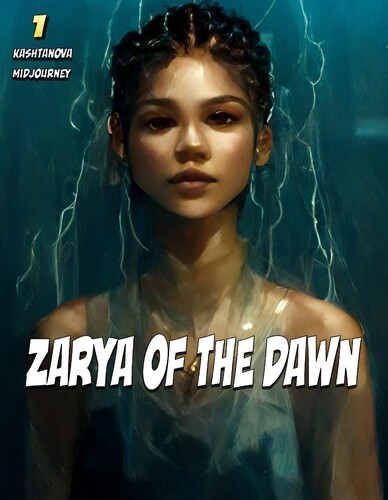 |
| ▲ Zarya of the Dawn - Source: Wikipedia |
The emergence of generative AI has brought significant changes to the creative landscape, raising complex copyright issues. The three cases discussed—The Next Rembrandt, Edmond de Belamy, and Zarya of the Dawn—highlight the growing importance of these questions in an era where AI can be seen as not just a tool, but potentially a creator. How should we define "creation" when AI plays such a central role? And should AI-generated works be granted copyright protection, or should such rights be reserved for humans alone? These are critical questions that cannot be avoided.
To understand how copyright might evolve in the age of generative AI, let's first consider the role that AI plays in the creative process. Traditionally, creative activities in art, literature, and music were purely human endeavors. Creators would draw upon their experiences, emotions, and imaginations to produce works that were then protected by copyright. However, generative AI fundamentally redefines this traditional process. It learns from vast amounts of data to produce new content in a way that resembles human creativity. For instance, AI can analyze numerous works of art to replicate a specific artist's style or process large volumes of literary works to generate human-like writing. This deep involvement of AI in creating new works poses significant challenges to existing copyright frameworks.
A key question arises: Can AI-generated works be considered original creations? If so, to whom should the copyright belong? Should it be the company that developed the AI model, the AI itself, or the individual who provided the prompt and guided the creation process? This question lies at the heart of the AI and copyright debate, and addressing it requires the establishment of legal and ethical standards.
In my view, it is inappropriate to grant copyright to works generated by AI. While AI can be a sophisticated tool, it remains a tool nonetheless, and only the human who uses that tool should be recognized as the creator. For example, when an artist uses a brush and paint to create a painting, the copyright belongs not to the tools but to the artist. Similarly, while AI may generate the final product, the human effort in crafting the prompt and guiding the process involves emotional and intellectual labor that should be protected by copyright. The result is not merely the product of an algorithm, but of human creativity facilitated by a digital tool.
Let’s consider, for a moment, the opposing viewpoint—that AI itself could be recognized as a creator. As AI increasingly takes on creative roles, is it fair to deny AI the rights to its outputs? However, since AI functions based on human commands and inputs, the essence of the creative process remains inherently human, and thus the associated rights should also remain with the human operator.
We also need to think about the responsibilities that come with copyright. If an AI-generated work infringes on existing copyrights, who should be held accountable? Should the responsibility fall on the company that developed the AI? The answer should be no. It is the person who deploys the AI and publishes the work who bears responsibility. If the output is unsatisfactory, it is up to the user to refine the prompt and retry. Before releasing any AI-generated content to the public, the user must ensure that it does not infringe on existing copyrights. This careful oversight is essential because AI, despite its capabilities, is not infallible and requires human judgment to be used responsibly. Therefore, the copyright—and any potential liabilities—should rest with the human who directed and reviewed the AI’s work.
As we continue to navigate the challenges posed by generative AI, copyright law must evolve alongside technological advancements. We should recognize AI as a tool that can extend human creativity, while still placing the role of the human creator at the center. It is also crucial to establish legal and institutional frameworks that keep pace with AI's rapid development.
As AI-human collaboration in creative processes becomes more common, copyright law must strike a balance between protecting creators' rights and fostering innovation. Additionally, there is a pressing need to develop internationally accepted standards for copyright in the AI era. Instead of fearing or excluding AI, we should wisely harness it as a tool to expand human creativity while always considering the ethical implications of its use. A balanced approach will help us wisely address copyright issues in the generative AI era.
(C) Yonhap News Agency. All Rights Reserved

















